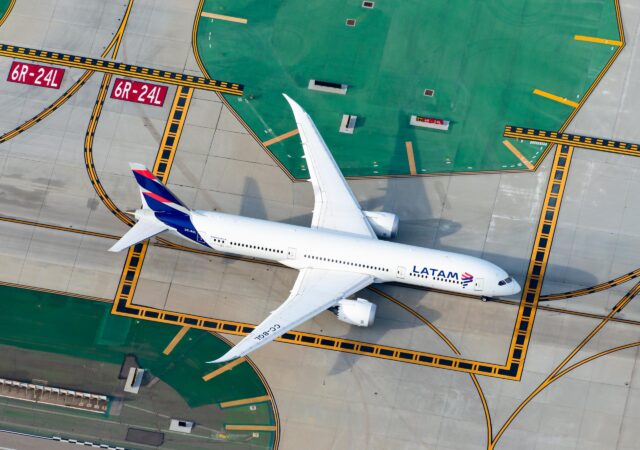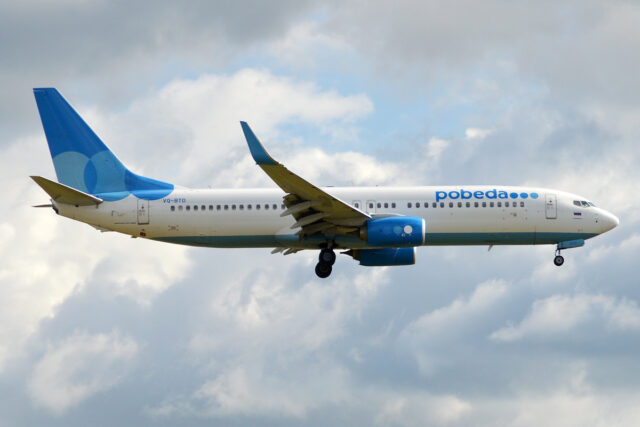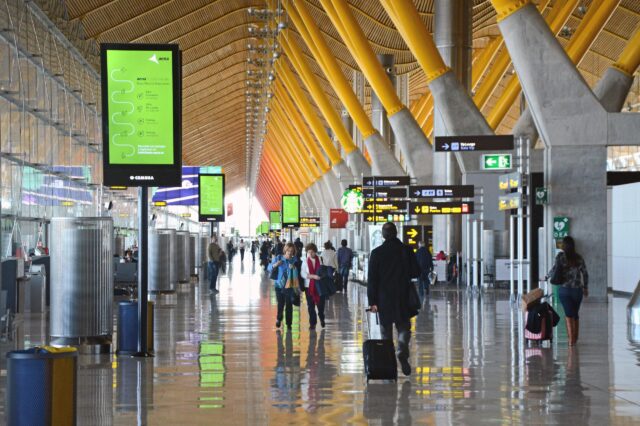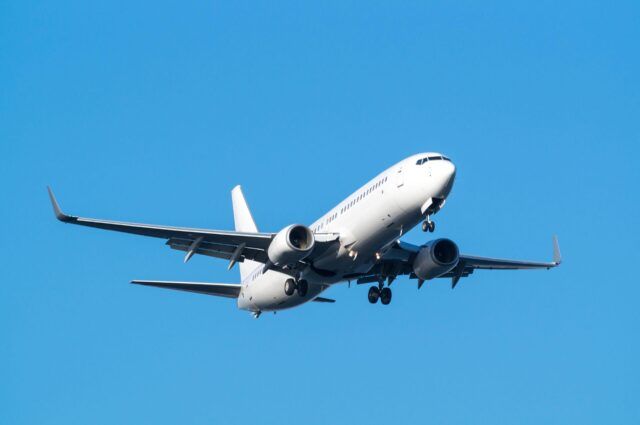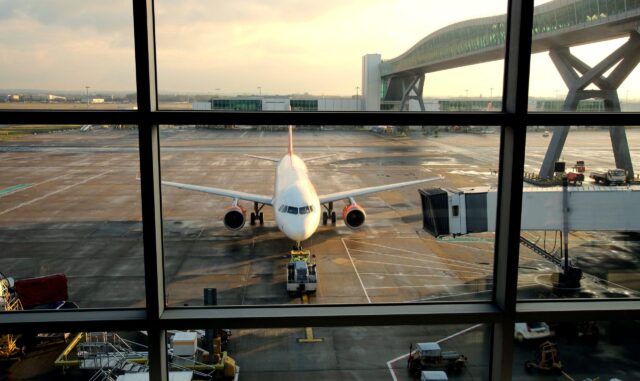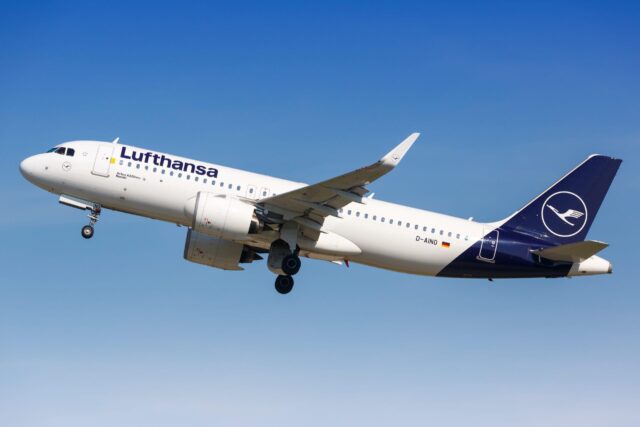Airport sustainability – planning for the decades ahead

Airports worldwide are facing a multitude of challenges as they work to balance ongoing expansion with environmental mitigation; ensuring they can continue to sustainably facilitate the growing demand for air transportation. However, with alternative propulsion technologies (such as hydrogen or electric innovation) still in their relative infancy, the long lead times of associated infrastructure investment invariably create a challenging balancing act.
Consensus among the industry generally seems to accept that, in the immediate to short term at least, sustainable aviation fuels – complemented by incremental increases in aircraft efficiency – will have the largest mitigating measure on air travel’s carbon emissions. This perspective was shared by London Heathrow’s carbon strategy director Matt Gorman, who nevertheless emphasized that air travel “enables some of the most positive things we do”.
With Heathrow’s contentious (and long-awaited) third runway plan having recently received governmental support, Gorman highlighted how, as part of a prospective plan, the airport will have to fulfil a legally binding requirement to outline the expanded facility’s route to net zero. However, above and beyond a regulatory imperative, this will also be essential to demonstrate to private investors the airport’s continued use and growth.
Amsterdam Schiphol is another such airport facing high-profile questions of capacity extension, explained Denise Pronk, head of sustainability at Royal Schiphol Group. Despite the airport’s total movements having been capped at 440,000 (from a former 500,000) as of the end of the 2023, this decision was primarily taken for noise abatement reasons, she highlighted. Nevertheless, “it’s not sensible to single out one European airport or country for demand measurement,” she cautioned, adding that “it’s important to realise there are other measures of demand management” (including potential ticket price rises through SAF levies).
Overall, three quarters of Schiphol Group’s airports are already at net zero in terms of ground operations, Pronk continued. In particular, she believes that integration of measures such as hydrogen into ground handling equipment can lead to higher acceptance of the fuel overall, with tests of a hydrogen Ground Power Unit ongoing this summer through Europe (returning to Amsterdam Schiphol later this year).
In terms of airport’s adoption of fuels such as hydrogen, Gorman referenced the “really significant choices and investment decisions” airports such as Heathrow are having to keep a close eye on – although a later-than-anticipated potential service entry of these aircraft will invariably delay infrastructure investment. Although Heathrow continues to “engage actively” on infrastructure and operational considerations of hydrogen, the “central estimate” of 2035 now does not appear to be a realistic timeline for the fuel to come into effect. Although “we don’t want to be the blocker,” concluded Gorman, he nevertheless highlighted that Heathrow is “keeping a close watching brief” despite the fact that “timescales have shifted”.
Additionally, with hydrogen at any singular facility of virtually no use if its destination is also not equipped to accommodate an aircraft relying on the fuel, the collaborative nature between all airports, airlines, fuel providers and regulators will continue to be crucial. “Airports are business in their own right, but it’s really about the whole sector coming together to reach the goal [of net zero] by 2050,” concluded Alexander De Joybert, director of sustainability, ACI Europe.
Crucially, with SAF the obvious ‘drop-in’ decarbonisation solution in the interim, new legislation is required to ensure adequate supplies are available at the locations they’re required, De Joybert added. Suggesting that few stakeholders have faith sufficient SAF to meet demand will be met by 2035, appropriately organised extended ‘book and claim’ processes could nevertheless help mitigate this.
